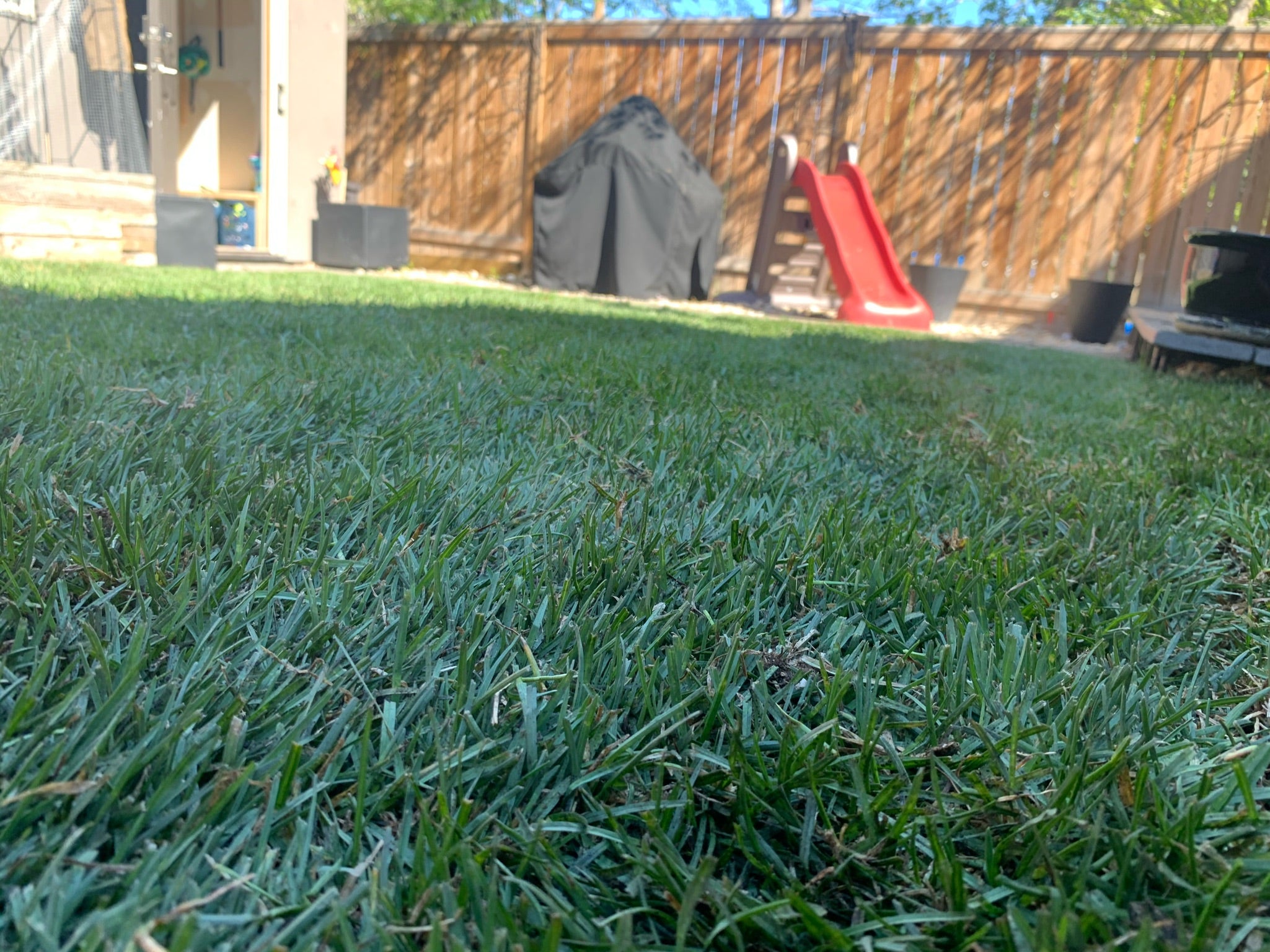
The Environmental Cooling Power of Sod
Introduction: In the realm of landscaping choices, the cooling effects of sod stand out as a natural and effective solution. With real facts and statistics, we'll delve into the undeniable environmental benefits of sod, contrasting them with alternatives like artificial turf or decorative rock. Let's uncover how sod contributes to a cooler and more sustainable environment.
-
Evaporative Cooling:
- Real Fact: Sod acts as a natural evaporative cooler, actively reducing air temperatures through transpiration. According to American studies by the USDA, a well-maintained lawn can be up to 31°F cooler than bare soil and 20°F cooler than artificial turf during hot summer days.
- Statistical Insight: Research conducted by the University of California Cooperative Extension found that turfgrass can lower surface temperatures by as much as 30-40°F compared to hard surfaces like concrete or asphalt.
-
Shade Generation:
- Real Fact: The dense canopy of grass provides natural shade, effectively reducing heat absorption by the ground and surrounding surfaces. Studies from the American Society of Landscape Architects indicate that a well-shaded yard can be up to 14°F cooler than an unshaded one.
- Statistical Insight: According to the Environmental Protection Agency (EPA), shaded areas experience lower temperatures and reduced cooling demands, leading to potential energy savings of up to 15% on residential cooling costs.
-
Carbon Sequestration:
- Real Fact: Sod plays a crucial role in carbon sequestration, capturing and storing atmospheric carbon dioxide in the soil. Research published in the Journal of Environmental Quality estimates that turfgrass sequesters approximately 0.58 tons of carbon per acre annually.
- Statistical Insight: The International Turfgrass Society reports that turfgrass areas in the United States sequester an estimated 26.4 million tons of carbon dioxide annually, contributing to global efforts to mitigate climate change.
Conclusion: The data is clear: sod offers unparalleled environmental cooling benefits that surpass artificial alternatives like turf or decorative rock. From its ability to reduce air temperatures through evaporative cooling to its role in providing natural shade and sequestering carbon dioxide, sod stands as a champion of environmental sustainability. As homeowners and stewards of the planet, choosing sod for landscaping not only creates cooler and more comfortable outdoor spaces but also contributes to broader efforts to combat climate change and create a greener future for generations to come.
